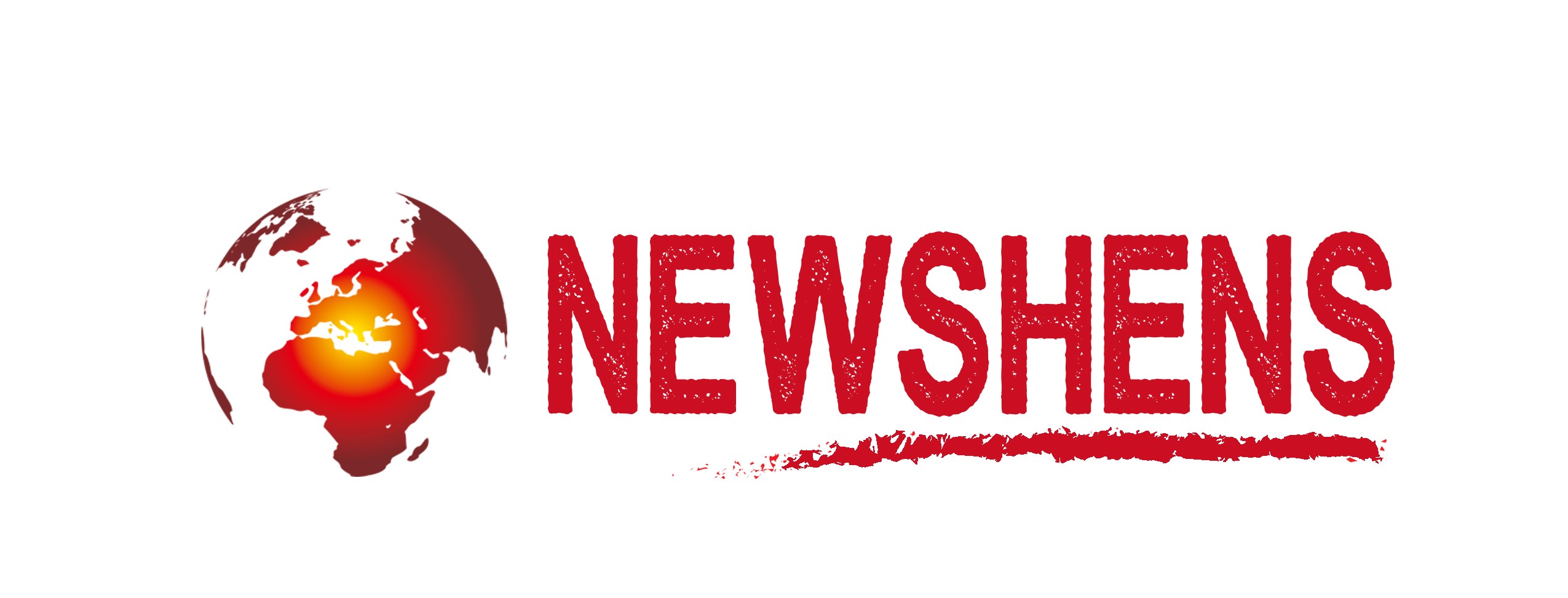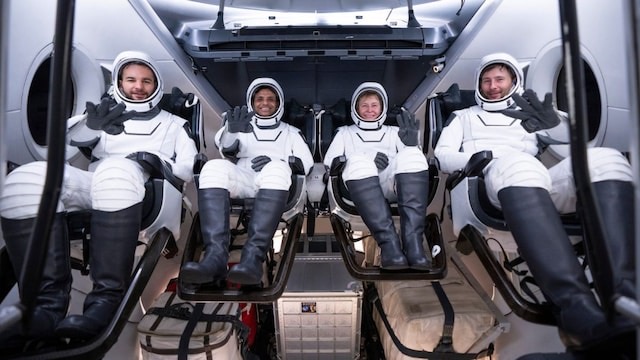Crew consists of India’s Shubhanshu Shukla, Slawosz Uznański-Wiśniewski of Poland, Hungarian Tibor Kapu, and Peggy Whitson of the US. Indian astronaut Shubhanshu Shukla and the three other crew members of the Axiom-4 space mission started their journey back to Earth on Monday, around 4.50 pm IST, after 18 days aboard the International Space Station (ISS).
The Dragon spacecraft’s undocking from the ISS was scheduled for anytime after 4.15 pm. Some steps in the process were delayed, NASA said, but the process saw no glitches. The spacecraft will bring back, along with the Ax-4 crew, over 550 pounds (250 kg) of cargo, including equipment and samples of dozens of experiments, the US space agency added.
When will the Axiom-4 crew land on Earth?
As per the schedule, it is to make a splashdown off the coast of California on Tuesday, July 15, around 3 pm IST. “The flight is likely to last around 22-and-a-half hours,” the NASA livecast commentator said.
With Shubhanshu Shukla as pilot, the Axiom-4 mission began on June 25 when the Dragon spacecraft of Elon Musk-owned SpaceX left Earth just after noon, Indian time, from the Kennedy Space Center of the US National Aeronautics and Space Administration (NASA) in Florida.
Shubhanshu Shukla took up pilot duties.
The next day it docked at the ISS.
On June 28, Shubhanshu Shukla spoke to Prime Minister Narendra Modi.
Shukla is only the second Indian to fly to space after Rakesh Sharma in 1984.
The crew consists of Shubhanshu Shukla of the Indian Space Research Organisation (ISRO), European Space Agency (ESA) astronaut Slawosz Uznanski-Wisniewski of Poland, Hungarian to Orbit (HUNOR) astronaut Tibor Kapu, and Peggy Whitson, former NASA astronaut and now director of human spaceflight at Axiom Space. They will have spent about two weeks in space at the conclusion of their mission, NASA said.
What Axiom-4 mission experimented on
The crew were tasked with a diverse set of experiments around medicine, agriculture, and, of course, space exploration.
Captain Shukla’s work centered on the skeletal and muscle degradation in space.
Others worked on cancer, microgreens and plant biology, and how the human body, particularly blood circulation, behaves under microgravity conditions.
Shukla also carried out an experiment of growing microalgae as a sustainable source of nutrition in long-duration space travels.
The crew took part in a mental health study for astronauts as well.
“A collaboration between NASA and ISRO allowed Axiom Mission 4 to deliver on a commitment highlighted by President (Donald) Trump and Indian Prime Minister Narendra Modi to send the first ISRO astronaut to the station,” a NASA statement read, giving details about the undocking.
Shubhanshu Shukla’s family in Lucknow anxious, excited
Shubhanshu Shukla family in Lucknow on Monday recounted their conversations with him when he was aboard the ISS. “He showed us where he lives, works, and sleeps in space. There’s no walking there — people float from one place to another. They sleep standing, strapped in place with belt,” his father, Shambhu Dayal Shukla, said.
“He also showed us incredible views: the sunrise from space, the Earth’s surface, mountains, and the movement of the moon,” he added.
Shubhanshu’s mother, Asha Devi, said, “He kept us updated and showed us sights from space. On the first Monday of Sawan (holy month), we prayed to Lord Shiva at the temple for his safe return.”



